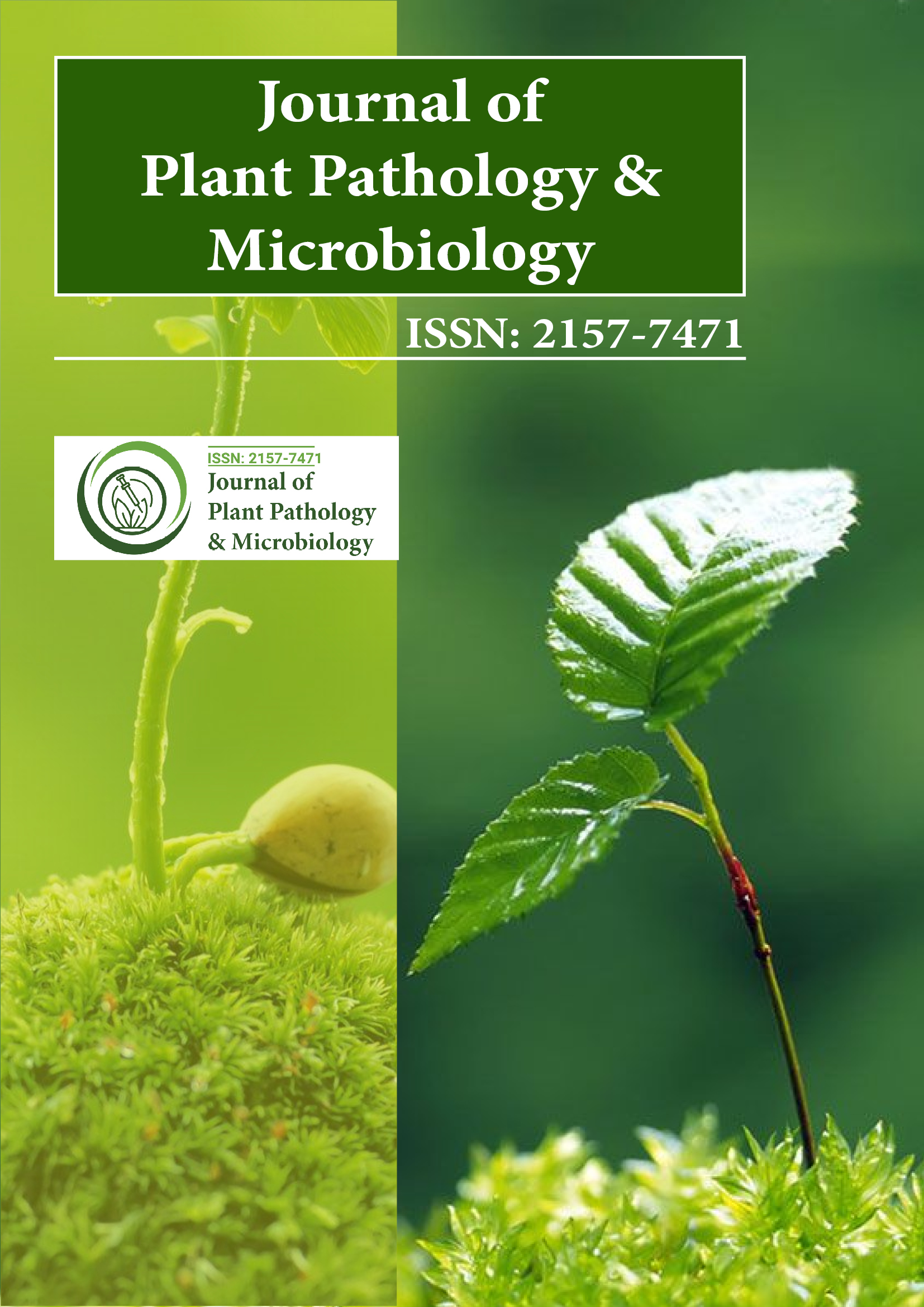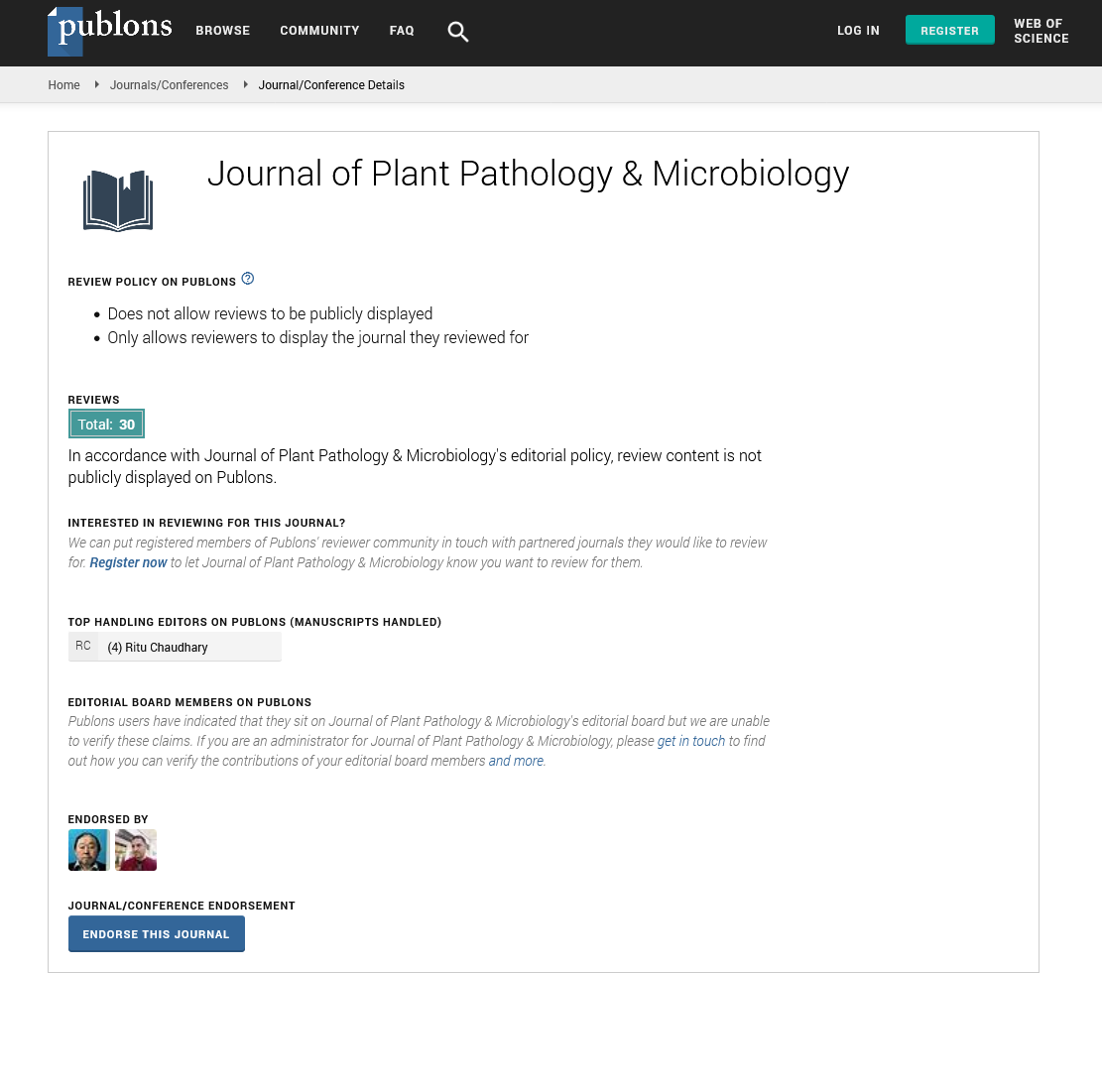Indexed In
- Open J Gate
- Genamics JournalSeek
- Academic Keys
- JournalTOCs
- CiteFactor
- Ulrich's Periodicals Directory
- Access to Global Online Research in Agriculture (AGORA)
- Electronic Journals Library
- Centre for Agriculture and Biosciences International (CABI)
- RefSeek
- Directory of Research Journal Indexing (DRJI)
- Hamdard University
- EBSCO A-Z
- OCLC- WorldCat
- Scholarsteer
- SWB online catalog
- Virtual Library of Biology (vifabio)
- Publons
- Geneva Foundation for Medical Education and Research
- Euro Pub
- Google Scholar
Useful Links
Share This Page
Journal Flyer

Open Access Journals
- Agri and Aquaculture
- Biochemistry
- Bioinformatics & Systems Biology
- Business & Management
- Chemistry
- Clinical Sciences
- Engineering
- Food & Nutrition
- General Science
- Genetics & Molecular Biology
- Immunology & Microbiology
- Medical Sciences
- Neuroscience & Psychology
- Nursing & Health Care
- Pharmaceutical Sciences
Ghimire SR
Ghimire SR
Biosciences Eastern and Central Africa-International Livestock Research Institute (BecA-ILRI) Hub,
P.O. Box 30709, Nairobi
Kenya
Publications
-
Research Article
Frequent Association of Colletotrichum Species with Citrus Fruit and Leaf Spot Disease Symptoms and their Genetic Diversity in Ethiopia
Author(s): Moges AD, Belew D, Admassu B, Yesuf M, Maina S and Ghimire SR Moges AD, Belew D, Admassu B, Yesuf M, Maina S and Ghimire SR
Citrus leaf and fruit spot is one of the most important biotic constraints of citrus production in Ethiopia. The symptomatic leaf and fruit samples were collected from 29 orchards of 15 major citrus growing districts of Ethiopia. One hundred sixty-seven fungal isolates were recovered and identified to species level through DNA barcoding; and their relationships were established using multigene phylogeny. The internal transcribed spacers, long subunit and actin gene sequences revealed that those 167 isolates belonged to either Collectotrichum gloeosporioides or Collectotrichum boninense species complexes (sensu lato), but no recovery of Pseudocercospora angolensis, the primary causal agent of the citrus leaf and fruit spot disease. Detached leaf assays confirmed pathogenicity of isolates of both C. gloeosporioides and C. boninense species complexes o.. View More»
DOI: 10.4172/2157-7471.1000425

